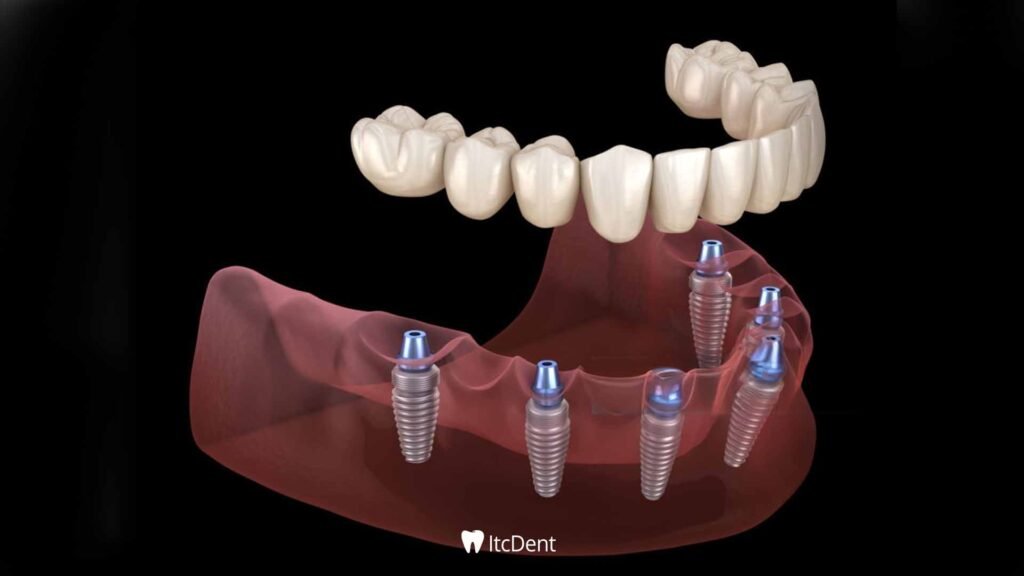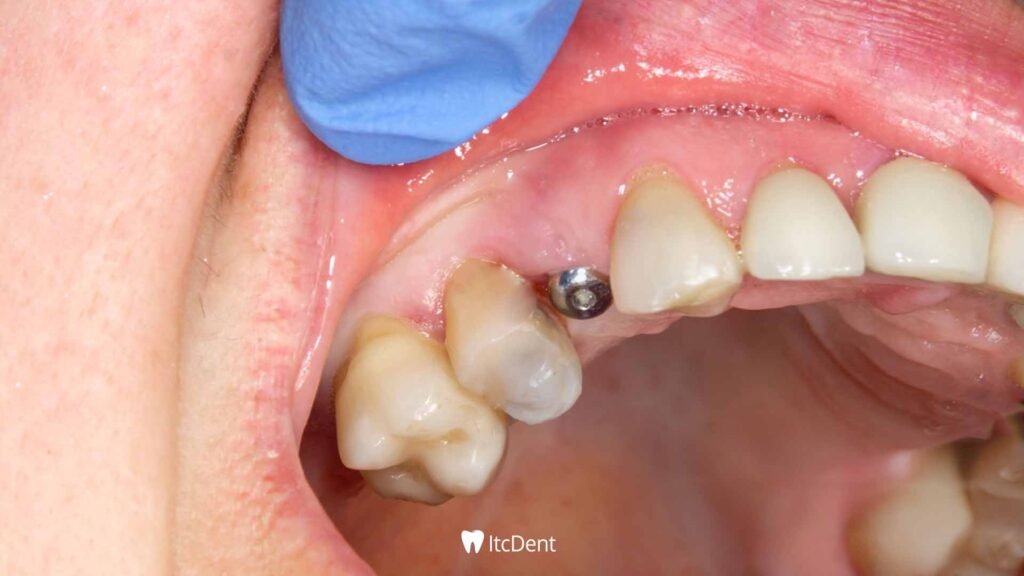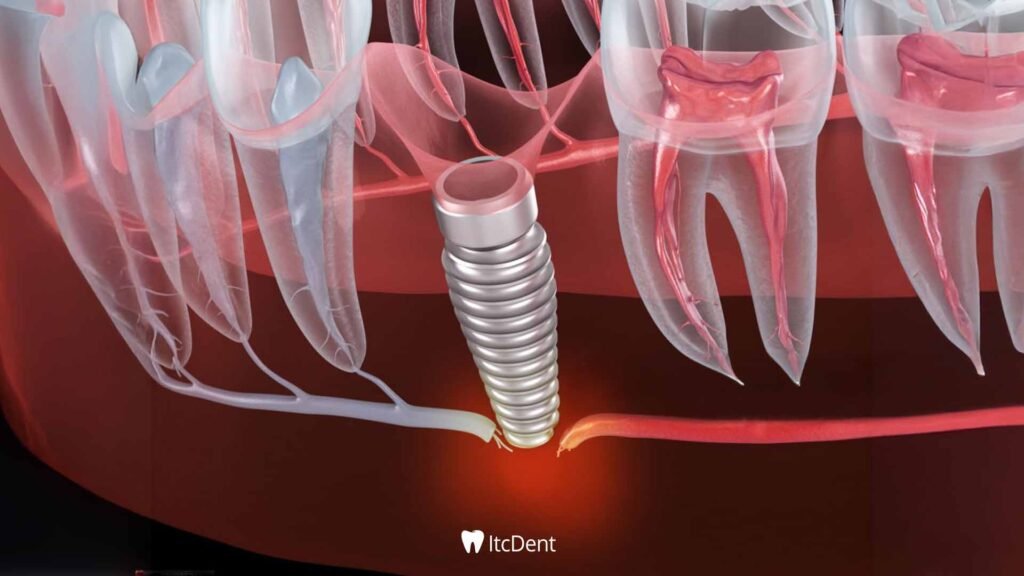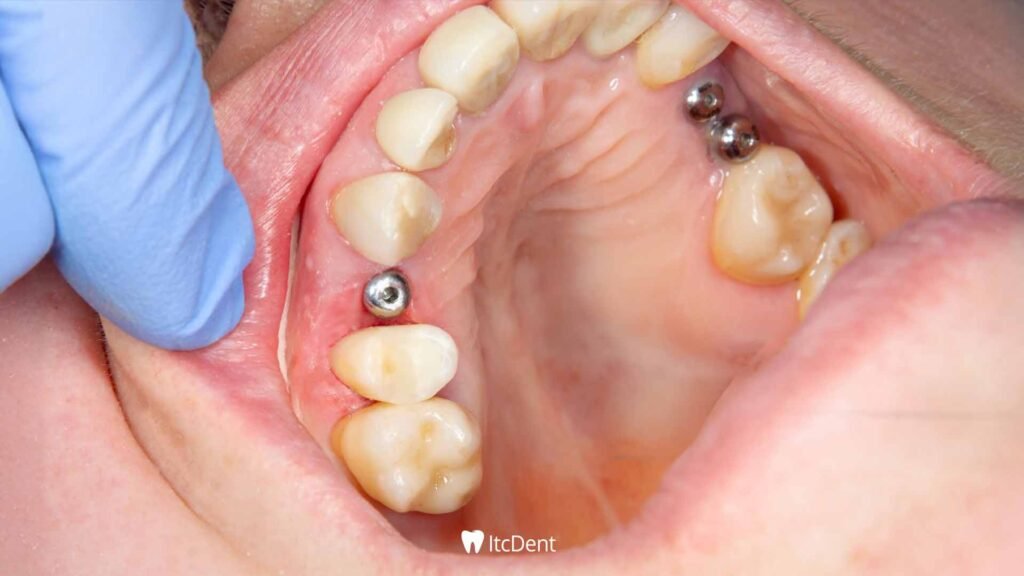
Seamless Implant
Tooth loss can cause numerous problems not only in terms of aesthetics but also in terms of speech, chewing, and overall oral health. Over time, missing teeth can cause jawbone loss, facial deformities, and a decrease in self-confidence. These conditions negatively impact an individual’s quality of life, both socially and physically. Fortunately, thanks to technological advancements in dentistry, it is now possible to offer more comfortable and effective solutions to these problems.
One of the most striking innovations that has come to the fore in recent years is the use of seamless implants. While traditional implant treatments typically require surgical incisions and stitches, advancements in digital technology allow for much more precise and minimally invasive treatment methods. This is where surgical guide technology comes into play, completely transforming the treatment process.
Sutureless implant applications, performed with surgical guides, are performed with millimeter precision thanks to digital planning. This provides the dentist with greater control and provides the patient with a faster, safer, and less painful recovery. This method, which combines comfort, aesthetics, and safety in dentistry, has made implant treatments a preferred option for many, rather than a feared option.
Traditional Implant Application and Its Challenges
In traditional implant treatment, the gum is incised to access the jawbone. The implant screw is then placed in the bone, and the procedure is completed with stitches. This method is certainly an effective and common solution, but it also has some disadvantages:
- Because the gum is incised, recovery time is longer.
- The stitches can cause pain, bleeding, and discomfort.
- Patients often experience swelling, bruising, and difficulty eating for a few days.
- The procedure takes longer, and the surgeon’s experience is more crucial.
Sutureless implants, developed as an alternative to these situations, aim to make the process more comfortable for both the patient and the surgeon.

What is a Seamless Implant?
As the name suggests, a seamless implant is a method where the gum is not cut or stitched during implant placement. In this method, a small incision is made in the gum just enough to accommodate the implant. This makes the procedure much more minimally invasive (i.e., minimally damaging to the tissues).
Special guides called surgical guides are used to increase the success and precision of this procedure.
What is a Surgical Guide?
A surgical guide is a specialized template that determines where, at what angle, and at what depth the implant will be placed in the jawbone. This template is planned using digital oral scans of the patient and 3D X-ray images (such as CBCT). A special mold is then created using a 3D printer according to this plan.
The surgical guide:
- Implants are placed precisely in the planned location.
- No unnecessary intervention is made on the gum.
- Surgery time is significantly shortened.
- The risk of medical error is reduced.
- After treatment, complaints such as swelling, pain and bleeding are minimized.
Advantages of Seamless Implants
The advantages of this method can be evaluated separately for both patients and dentists:
Advantages for Patients:
- Painless and Comfortable: Because there are no stitches or incisions, the procedure is generally painless.
- Fast Recovery: Because the gums are not damaged, the tissues heal more quickly.
- Aesthetically Appropriate: Visual problems such as swelling and bruising are minimal.
- Fast Return to Daily Life: Most patients can return to their normal routine the same day.
- Psychological Comfort: It is a less stressful option for those with a fear of surgery.
Advantages for Doctors:
- Suitable for Planning: Thanks to the surgical guide, everything goes as planned.
- Time Saving: Surgical time is significantly reduced.
- High Success Rate: Because it is a more controlled procedure, the risk of complications is low.

Who Can Have Seamless Implants?
Not every implant patient is a candidate for this procedure. Certain criteria are required for a seamless implant:
- Sufficient bone volume is required.
- There should be no serious inflammation or infection in the gums.
- Good oral hygiene is required.
- The patient’s general health should be suitable for implants.
How a Seamless Implant is Placed
Sutureless implant placement is a delicate, multi-stage process supported by modern technology. First, an intraoral examination is performed, followed by a detailed image of the jaw structure using panoramic X-rays and 3D CT scans. This data is then transferred to a computer, digitally planning the implant placement location, angle, and depth. Once the planning is complete, a 3D surgical guide template is created specifically for the patient’s oral structure.
During the procedure, this template is placed in the gum tissue, and only a small incision is made to insert the implant screw into the bone; no stitches are required. Following treatment, a short follow-up examination is usually performed within a few days, and healing is closely monitored.

Frequently Asked Questions
Can dental implants be placed the same day?
If the bone structure is suitable, it is sometimes possible to have temporary dental implants placed the same day. However, this is not true for every patient.
How long will my recovery take?
Healing is generally much faster after a sutureless implant. A return to daily life is possible within a few days.

